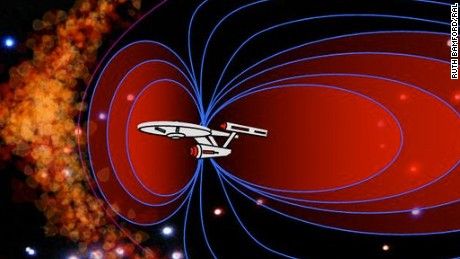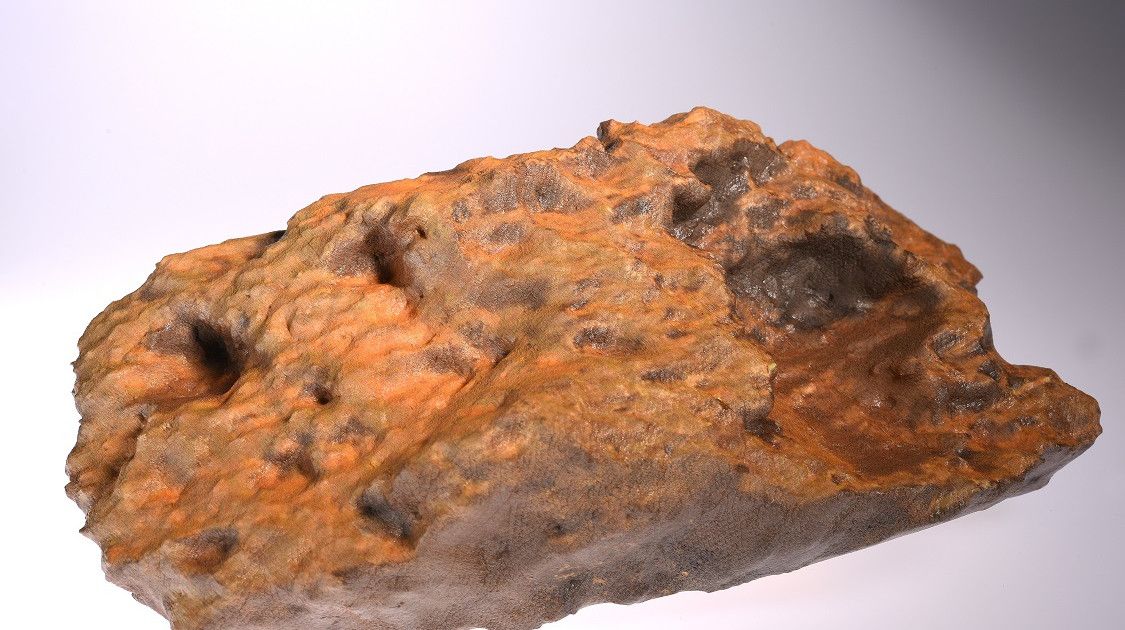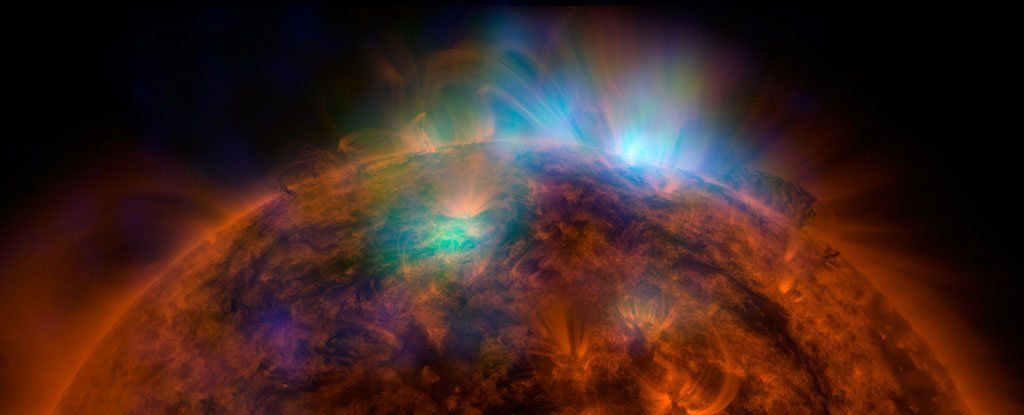With current technology it would take nearly 80,000 years to reach the nearest star system. What new technologies might helps us get closer?


Is this possible?
A Japanese company wants to build a space elevator by 2050.
Soundtrack by: Thomas Lemmer.

In Brief.
The ESA’s Rosetta comet orbiter has found complex, solid organic molecules in dust particles that came of the comet 67P/Churyumov-Gerasimenko, lending credence to the theory that organic compounds, or even life itself came from the stars.
Over the past few months, the ESA’s Rosetta orbiter has been feeding us valuable data on comets: where they come from, what they’re made of, how they work, and so on. But its time is nearly at an end, with a kamikaze dive towards the surface of comet 67P/Churyumov-Gerasimenko scheduled for later this month.

Our mission is simple.
We believe humanity’s future lays in the stars. Our future home will be different worlds as Government initiatives turn into.
These dudes used drones to create an IRL version of ‘Space Invaders’.

A 3D-printing company is aiding NASA by using its additive manufacturing technology to create an accurate replica of a meteorite located 34 million miles from Earth.
Measuring approximately 2 feet in length, the meteorite known as Block Island was first discovered on Mars by the Exploration Rover Opportunity in 2009. Studying it is an important part of furthering our knowledge about Mars and other planets, but at present the prospect of bringing it to Earth to examine u close is out of the question.
Fortunately, the Mars rover was able to take images and measurements to transmit back home, and this data has now been used by Mcor Technologies, an Ireland-based 3D-printing company, to create a life-size Block Island model.

A NASA-funded study has solved a longstanding mystery over the origin of X-rays that permeate space in our Solar System, but in doing so, it’s also discovered an entire group of high-energy X-rays that can’t be explained.
The research comes from a new analysis of data recorded by NASA’s DXL rocket mission, which took flight in 2012 to settle the question of what creates these low-energy X-ray emissions – called the diffuse soft X-ray background – in our corner of the galaxy.
At the time, there were two central hypotheses. X-ray emissions were known to come from solar wind, but scientists also thought they might originate from what’s called the Local Hot Bubble – a theorised region of hot gas that envelops our Solar System. But which was correct?

